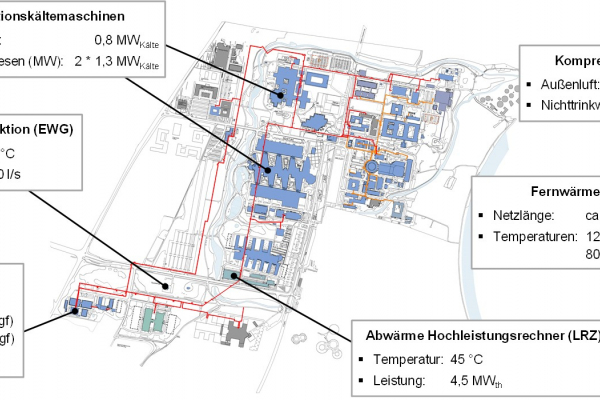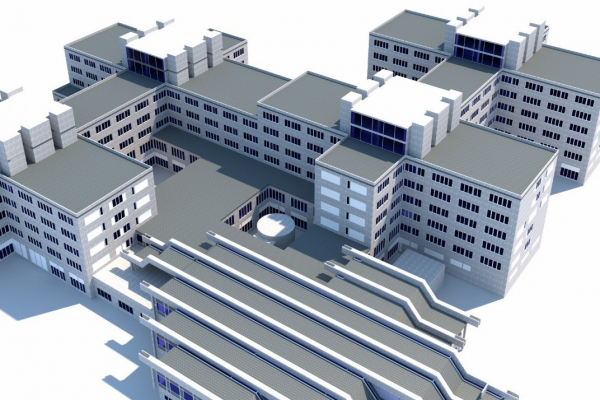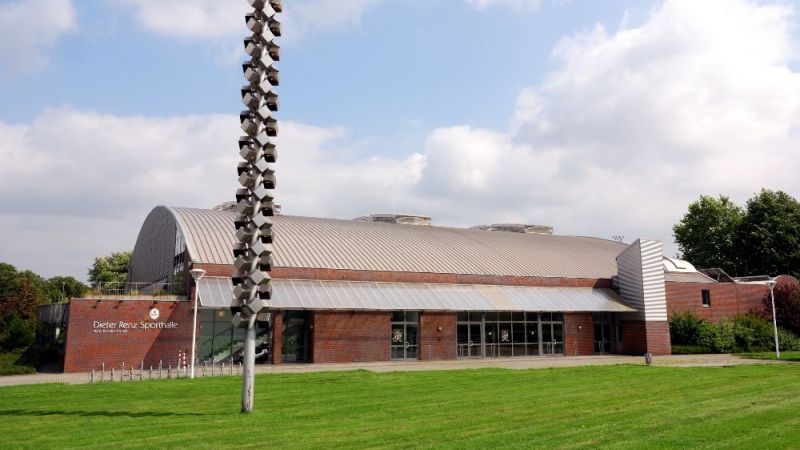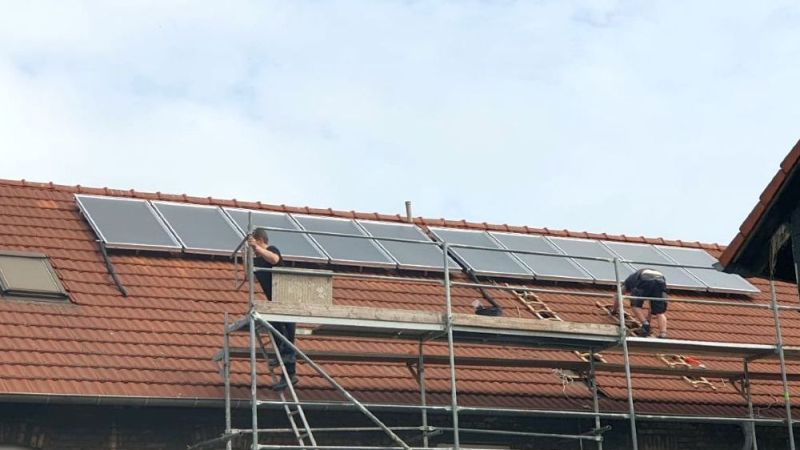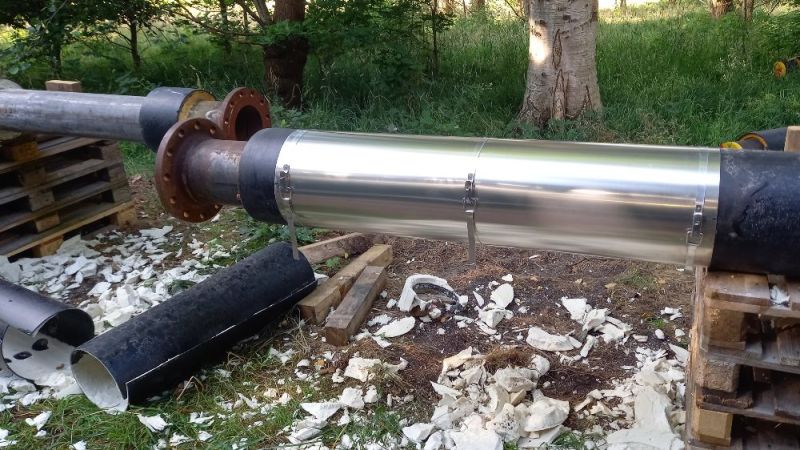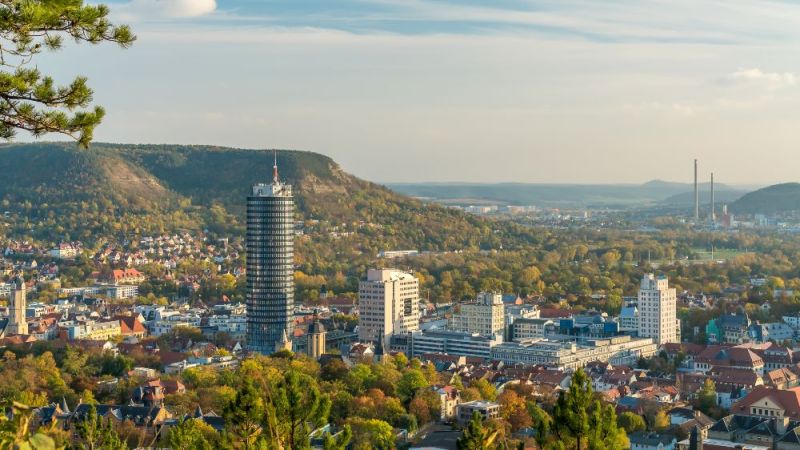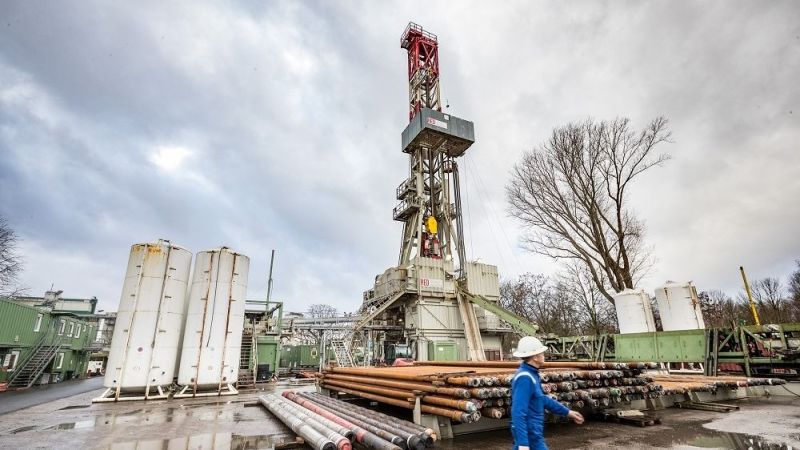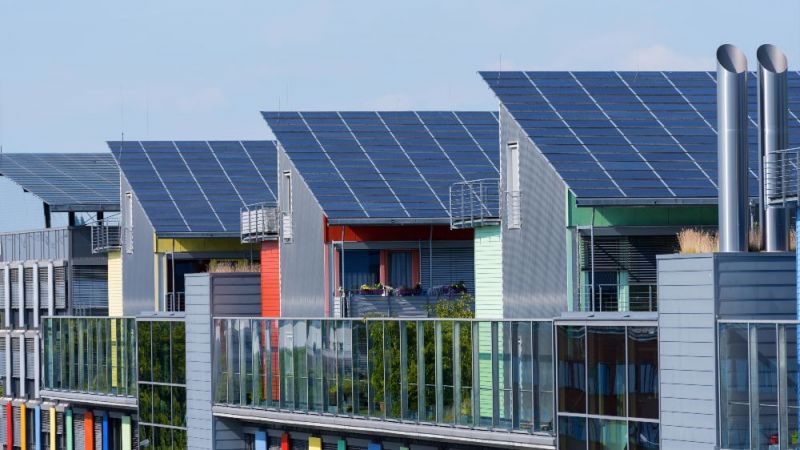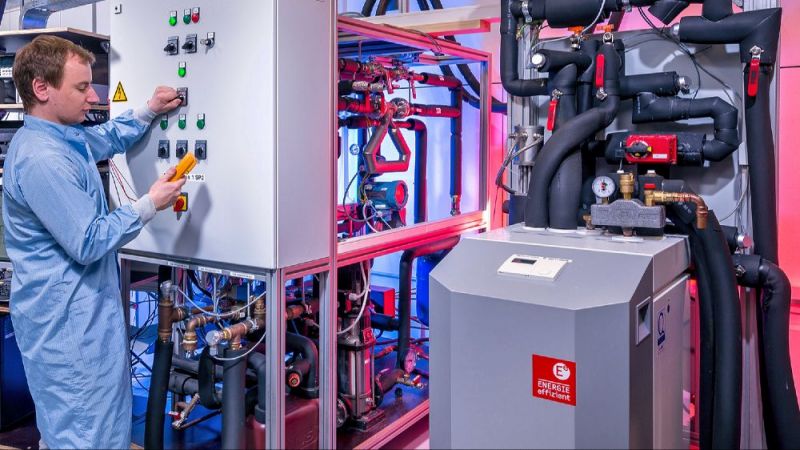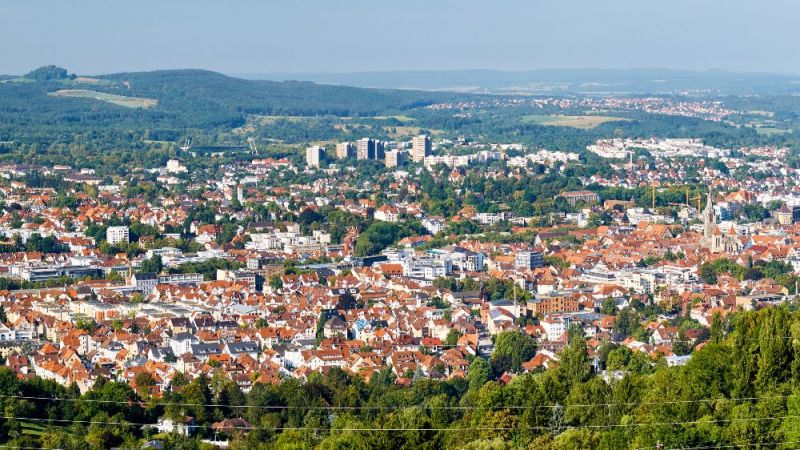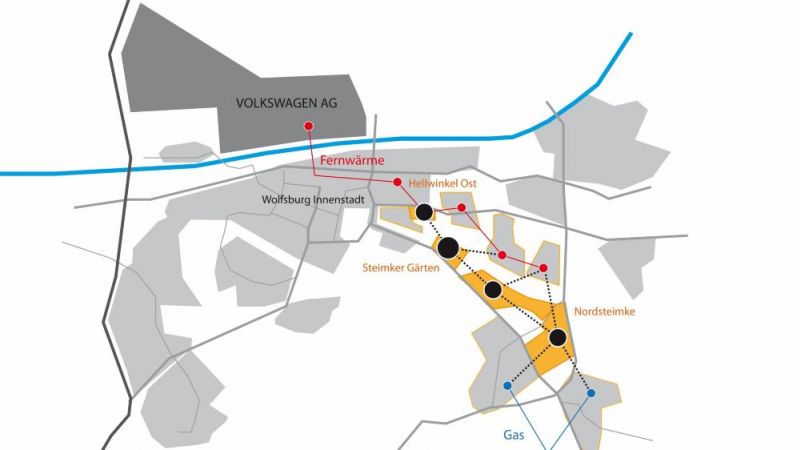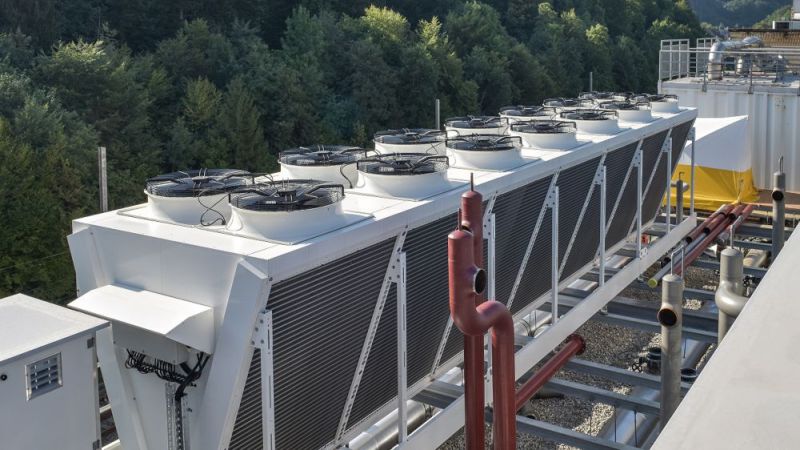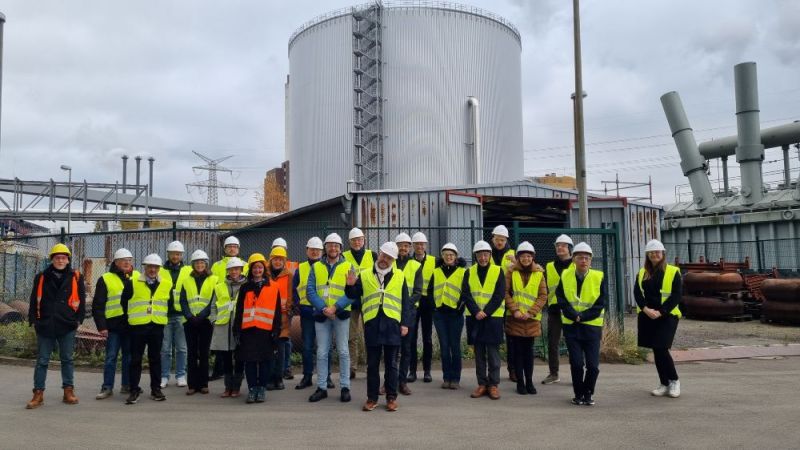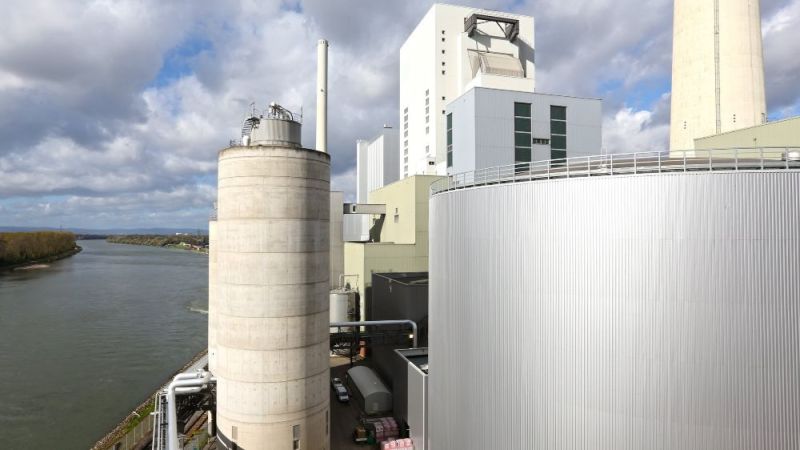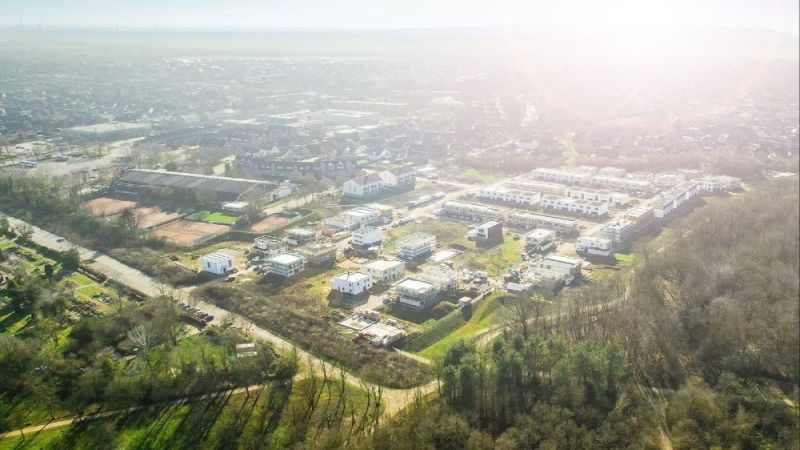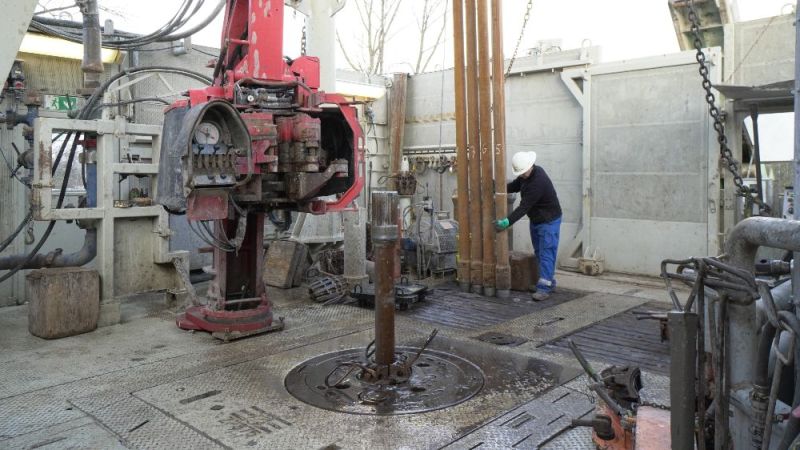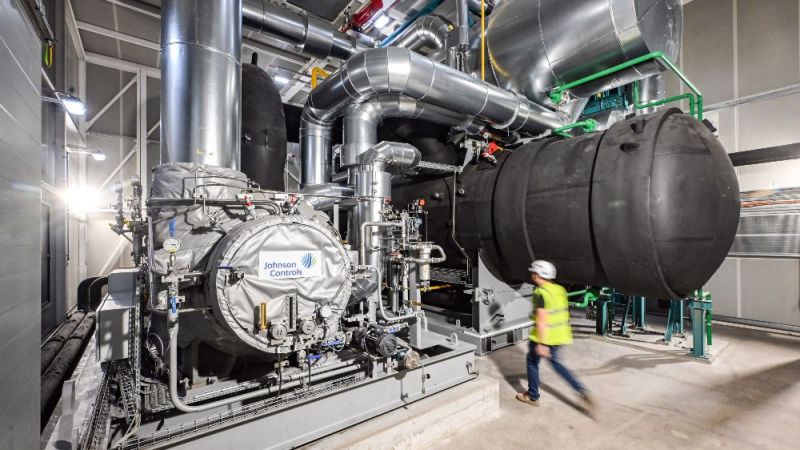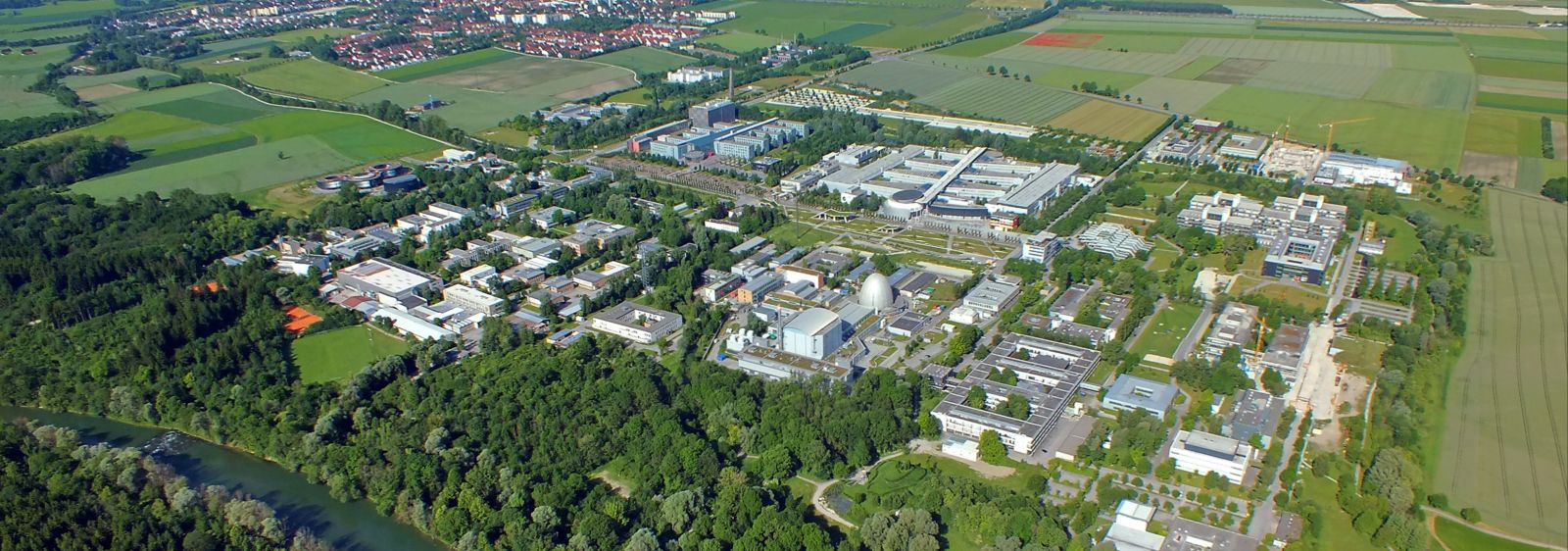
Quarter energy concept
Optimised energy supply of mixed-use areas
By analysing historical consumption and simulating large loads, power, heating and cooling demand scenarios are being drawn up for the future development of TU München's Garching Campus and optimised across all sectors. The applied RIVUS and URBS optimisation tools will be further developed in the research project for this purpose. It is intended that the research will produce a methodology for evaluating and optimising complex energy systems that can be applied to heterogeneous mixed-use areas. It will be released as an open source tool.
Projectcontext
With more than 15,000 students and 6,000 employees, TU München's Garching Campus is already one of the largest university sites in Germany. If the rapid growth of recent years continues, it will be necessary to redesign the energy supply in the near future.
In view of this, an innovative energy concept is being developed as part of the CleanTechCampus project, which is implementing the integration of the existing and newly added building structure into a highly efficient supply and increasingly renewable generation structure. To this end a holistic approach is being adopted in which the power, heating and cooling supplies are not considered individually as is usually the case but in a coupled manner.
The necessary methods and tools for this are being developed as part of an interdisciplinary approach and can then – together with the insights gained in the project – be used to optimise other complex mixed-use areas in the trade, commerce and services sector.

Research focus
The cross-sector optimisation offers opportunities to exploit synergies that cannot be utilised – or only to an insufficient extent – in standard energy system development. This enables potential energy savings and economic benefits to be realised. The research is focussing on developing a methodology for optimising coupled power, heating and cooling systems with the incorporation of loads, generators and storage systems. The methodology shall be made available as an open source tool.
It is intended to answer the following key questions concerned with optimisation:
- How can network structures be planned in such a way that they are easy to implement and, at the same time, can be adapted to rapid changes in the demand and generation structures?
- How can the various potential provided by the interactions between the different sectors and components of the energy system be identified and utilised?
- How and where can new technologies be effectively integrated into the existing infrastructure for mixed-use areas?
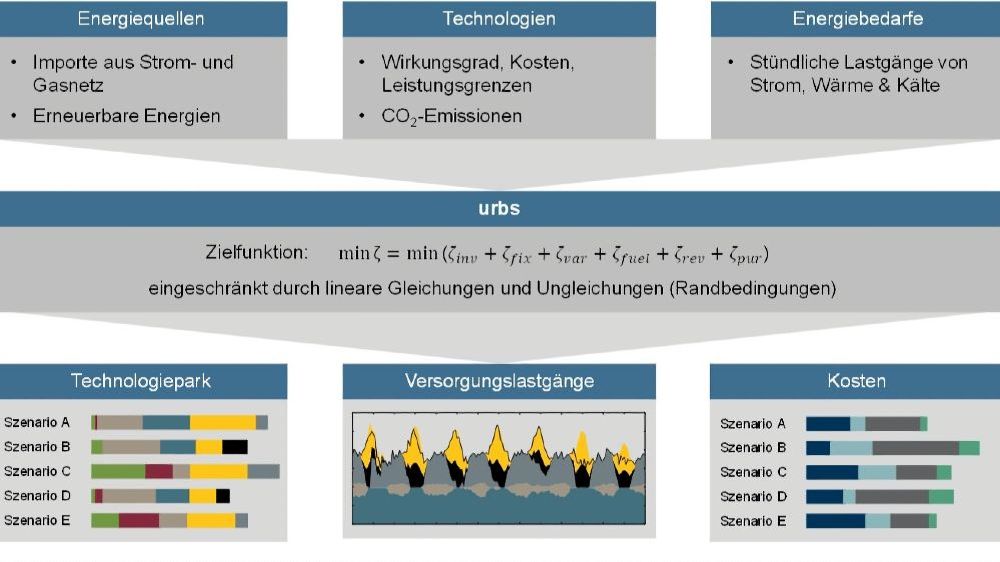
Further images
Central idea and approach
Based on an analysis of the historical consumption, simulations of large loads and the planned campus development, electricity, heating and cooling demand scenarios are being developed for the Garching Campus. With the aim of optimally meeting requirements in terms of costs, energy efficiency and the proportion of renewable energies, an energy generation system for the campus shall be planned and optimised by further developing the cross-sector RIVUS and URBS optimisation tools. The iterative planning process and the optimisation software will be published as an open source tool.
Testing and application
The methodology and optimisation tools will be published as an open source tool. In the project, the methodology will be applied to the TU München's campus in Garching in order to develop a roadmap for expanding and reconstructing the energy system. In addition, the methodology will be used to model the use of innovative technologies and solutions in a strongly coupled energy system in order to demonstrate these in pilot projects on campus in the next phase.
The project will provide transferable insights into the design of robust and sustainable power and network structures for complex mixed-use areas. It should be easy to transfer the various cross-sector optimisation potential and tools to similar districts such as so-called high-tech parks.
17.11.2021


